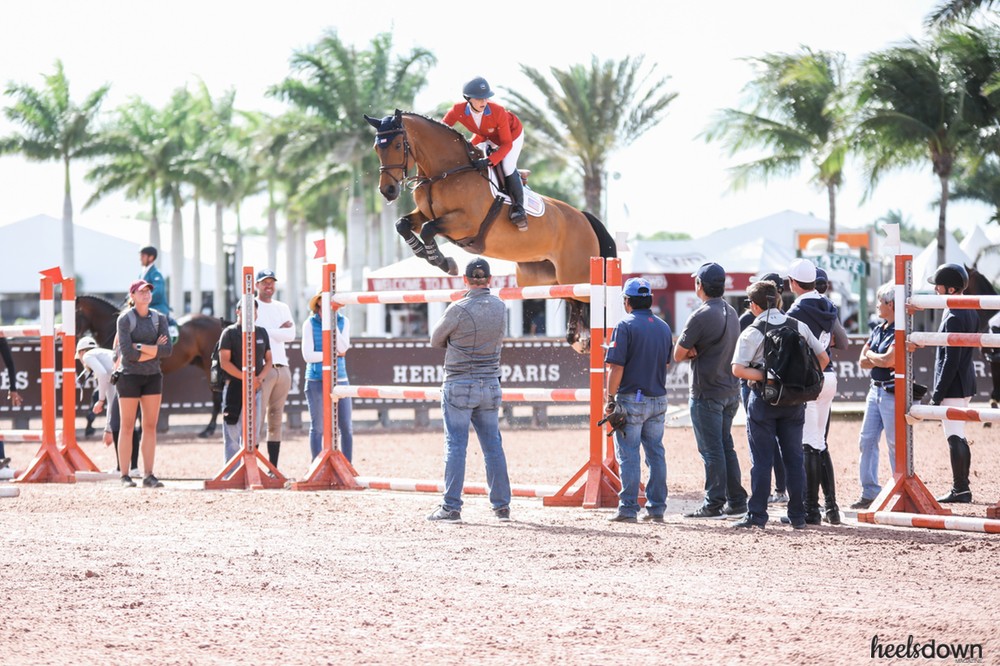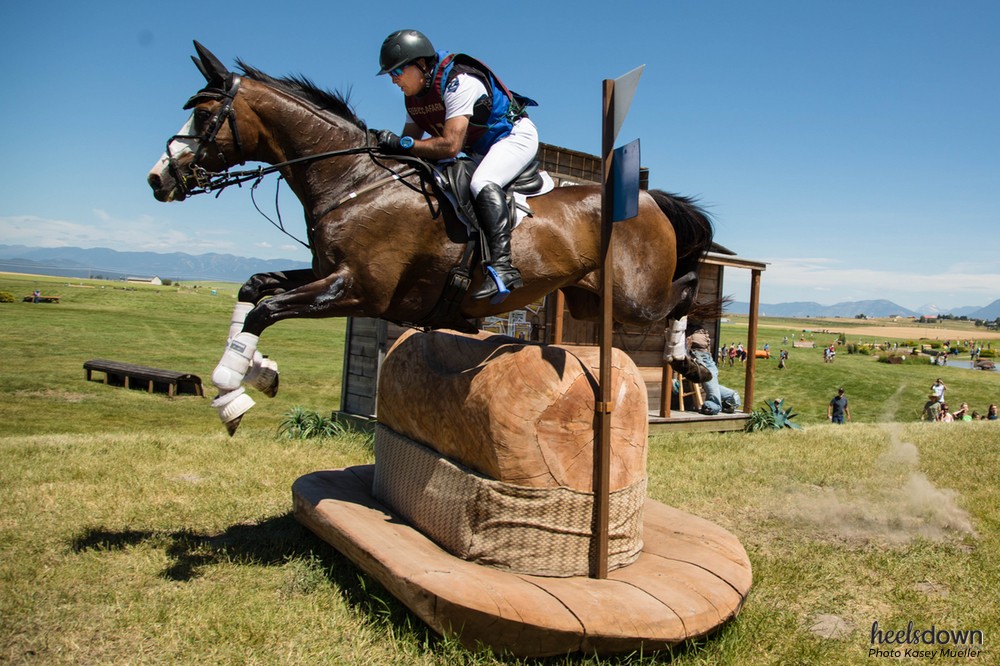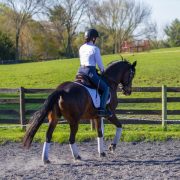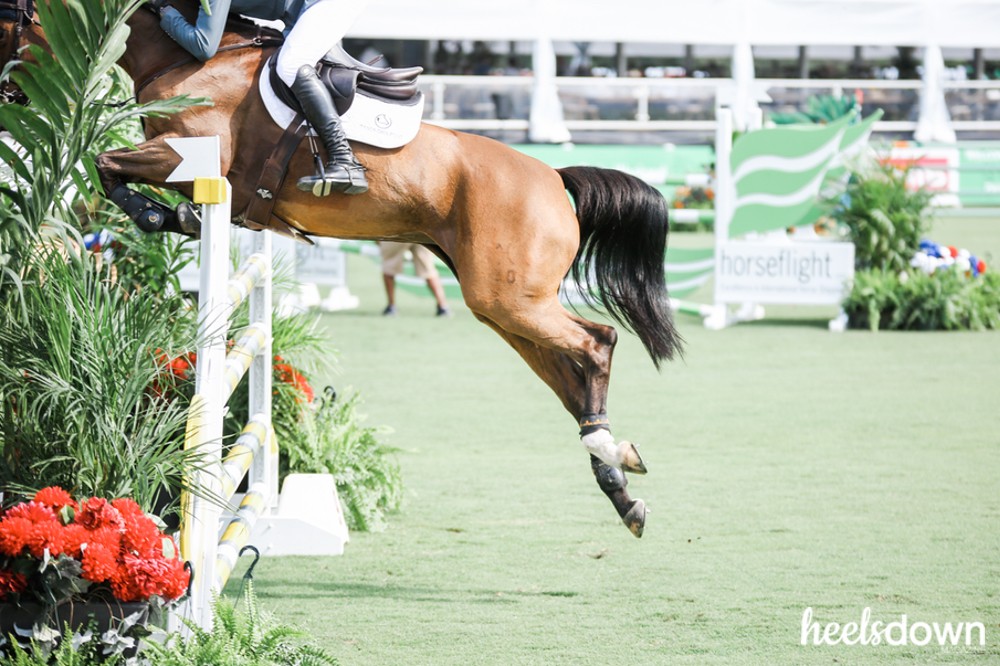Building A Better Equine Athlete
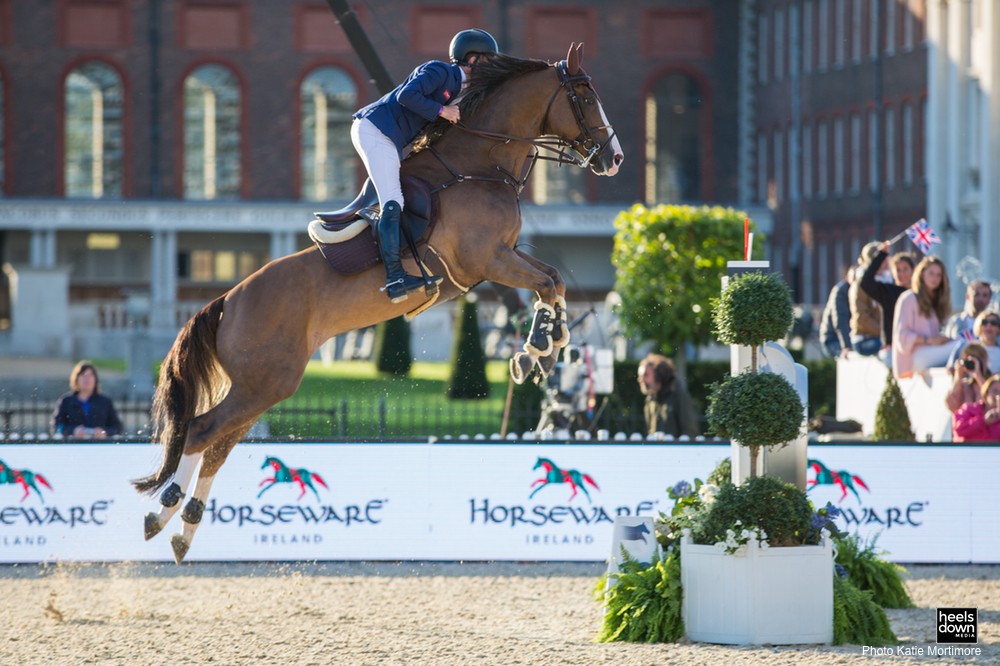
No cloned horse has ever competed in the Olympic Games. However, it’s the science steeped in cloning, genetics, and embryo research that has greatly influenced the way we care for and develop horses today.
How decades of scientific research is transforming the performance horse.
Training for the Olympic Games requires a strict fitness and diet regime for an athlete competing in any sport. But for equestrians, it’s doubled.
As the Olympic horse sport disciplines have evolved over the years, so have its athletes. Decades of breeding and gene selection have fine-tuned horses’ jumping abilities and stamina. Selective breeding practices have improved the animals’ facilities to gallop and the natural impulsion of their gaits.
But identifying proper genes in breeding is just one aspect of many that goes into designing and maintaining the ultimate equine athlete, experts say.
“While genetics play a role in athleticism, proper nutrition, healthcare, conditioning and training play an even more important role in performance results,” explains Bridgett McIntosh, an equine extension specialist with the Virginia Tech MARE Center in Middleburg, Va. “What has changed is reproductive technologies, including artificial insemination and cloning, allowing breeders to improve and target the genetics they desire on an international scale.”
Weird Science: Cloning and Artificial Insemination
Although the FEI reversed a previous ban on cloned horses in 2012, allowing the scientifically-engineered horses to compete with the rest, the sport is not at a point where “gene banks” or cloning are affordable or considered mainstream options in any way. Even though they can, no cloned horse has ever competed in the Olympic Games.
However, it’s the science steeped in cloning, genetics, and embryo research that has greatly influenced the way we care for and develop horses today.
“Artificial insemination and embryo transfer has allowed a shortening of the generation interval, which would be around nine years in sport horses. We can collect embryos from horses as young as two, therefore the ‘parent generation’ could be competing through the young horse classes whilst their offspring is starting their respective careers,” said Anke Twigg-Flesne, an associate animal technologist and programme manager of equine management at Hartpury College in the U.K.
This allows much earlier and potentially more intense selection of horses with exquisite athletic potential.
Nutritional and veterinary research over the years has also changed the invariable outcomes of disease and injury for horses, Bridgett said, which has prolonged their careers in many cases.
“We are able to maintain and extend the careers of performance horses. Scientific research has led to management strategies and technologies that can help reduce the risk of disease and decrease time to recover following injury,” she said. “It is paramount to the equine industry that we continue to support scientific discovery.”
Thoroughbreds: The Horse Equivalent Of Lab Rats
Much of that research began and continues to come out of the Thoroughbred racing industry, where even just a one-to-two percent edge of stride or stamina could result in millions of dollars in breeding rights and overall winnings.
“The horse genome has been mapped, and we are increasingly able to screen for carriers of genetic conditions, and therefore either eliminate these horses from the breeding pool or ensure they are only bred to non-carriers,” explained Anke. “Some performance-specific genes have also been identified, such as the ‘speed gene’ in Thoroughbreds, but most performance traits are under poly-genic control, so they’re not as easy to isolate and aim for.”
Last year, researchers from the University College Dublin explored how skeletal muscle in Thoroughbreds adapts to general exercise and long-term training at a genetic level. After studying more than 3,000 gene comparisons in 51 horses, researchers were able to determine that the skeletal muscle in horses would physically change the gene expression in between exercise, essentially preparing the body for the next bout of training. The response is similar to what’s already been studied extensively in humans, where the lasting impacts of exercise physically changes muscle structure and biochemistry, and helps fight or reduce the risk of disease like obesity, diabetes, and cardiovascular disorders.
Beyond Genetics, Soundness Depends on Management
The rise of rehabilitation tactics, from swimming centers with water treadmills to the use of shockwave and vibration plate treatments, has also pushed the benefit of low-impact exercise and recovery to the forefront of horse owners’ routines.
“It appears owners and trainers have become more focused on preventing injuries rather than waiting to treat after the damage is done,” said Dr. Laura Petroski, the staff veterinarian at Kentucky Equine Research in Versailles, Ky. “I think more and more owners are bringing their horses in to see a veterinarian just for a wellness check up, or asking their veterinarian to do a thorough physical exam when coming out to administer routine vaccinations. It’s extremely beneficial if owners can detect a subtle lameness from the start and give that horse some time off to recover. The horse will spend more time competing and less time box stalled due to a serious injury.”
Kathleen Crandell, an equine nutritionist also with Kentucky Equine Research, says that owners and riders are more knowledgeable about what they’re putting into their horses’ diets these days than ever before, too.
“Riders seem to be much more educated about their choices on feeding and supplementing their horses, perhaps because of the abundance of information now available on the Internet,” Kathleen said. At the Olympic and professional levels, “the rider is so in tune with the horse that they can feel the effects of any change in diet or supplement.”
The horse genome has been mapped, and we are increasingly able to screen for carriers of genetic conditions.
But much of the care horses require, even at the the top levels of the sport, still comes back to the basics, Bridgett and Dr. Petroski agreed.
“While upper-level performance horses are exposed to stressors that can adversely impact health, the principles of caring for the elite performance horse is no different from caring for any other horse,” Bridgett described. “They need diets that meet their energy and nutrient requirements, preventative veterinary care including vaccinations, dental and hoof care and a conditioning or exercise program to maintain musculoskeletal, cardiovascular and respiratory health. A team of professionals with expertise in different areas work together to maintain the horse.”
That includes developing specific diets for energy and fuel, veterinarians to oversee, diagnose and treat problems and of course the groom, rider and owners, whose day-to-day role is the most critical, Bridgett says, “to keeping open lines of communication to make sure the horse’s needs are being addressed.”
“I would manage any horse with the same principles as I manage my higher-level equine athletes: nutrition, joint supplements, veterinary check ups and time off when needed,” Dr. Petroski said. “It’s important not to rush these horses along and give their bodies adequate time to recover, especially if they’re very young. I believe the fine balance between vigorous training sessions and subsequent recovery sessions should be recognized by owners and trainers alike.”


